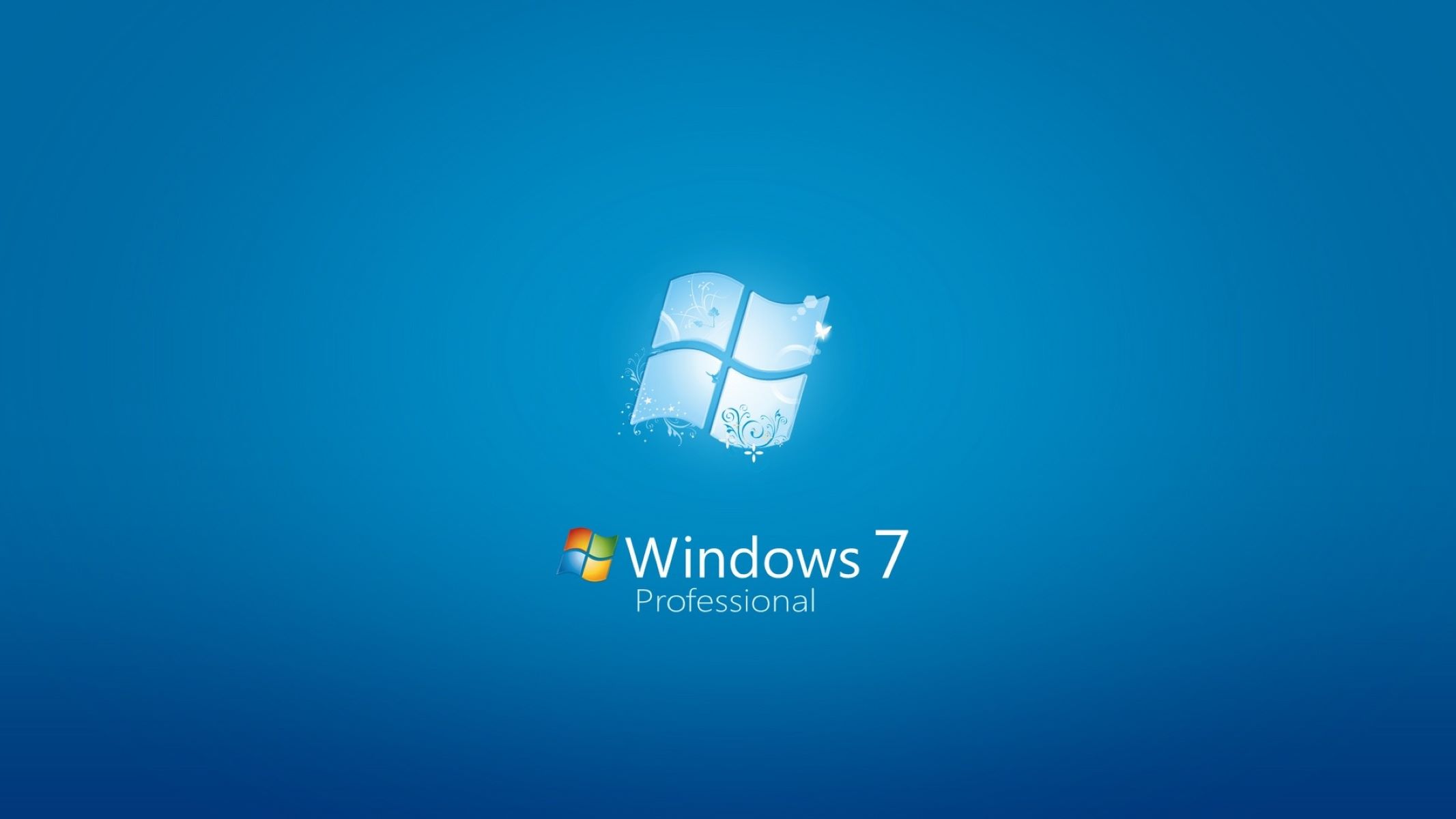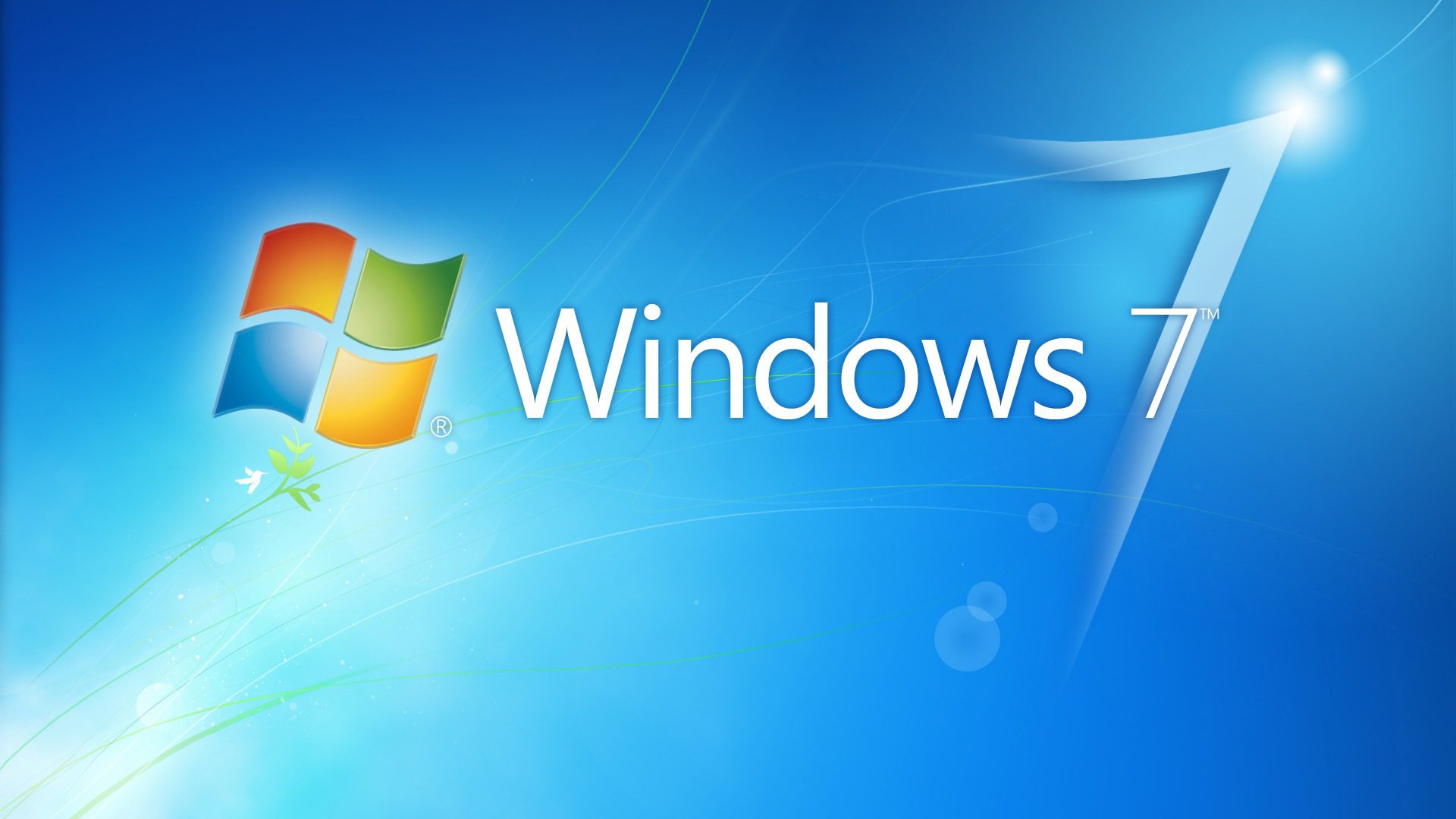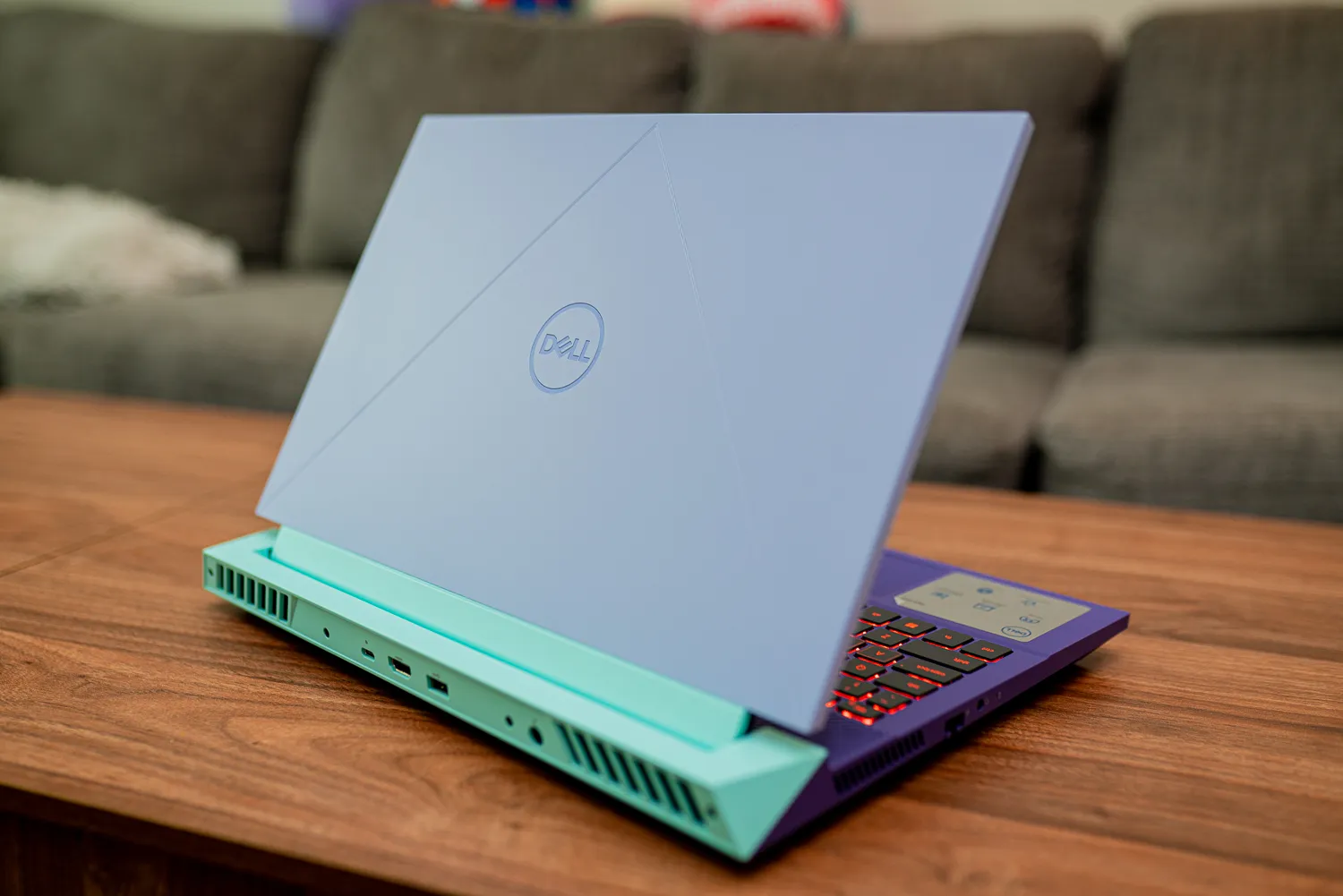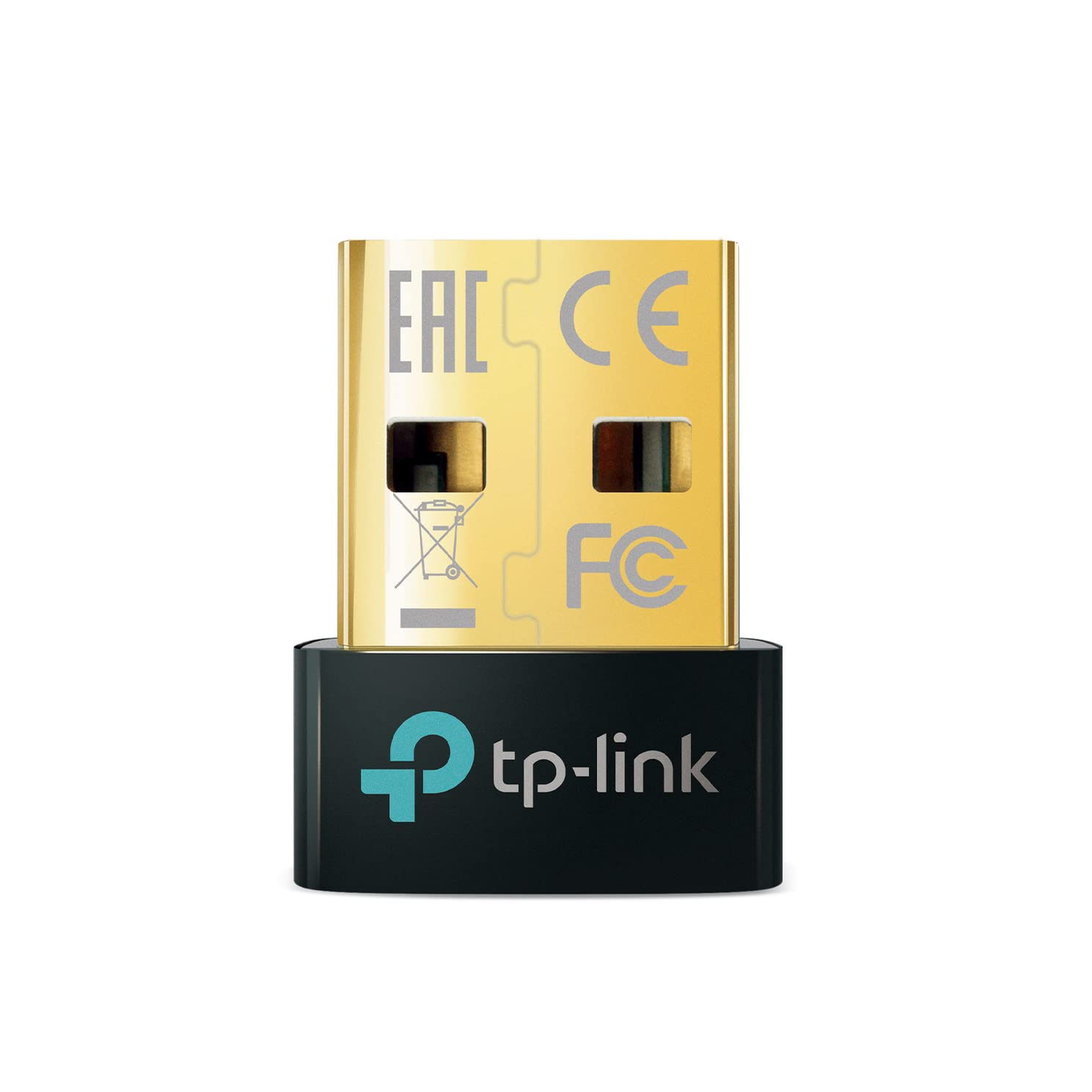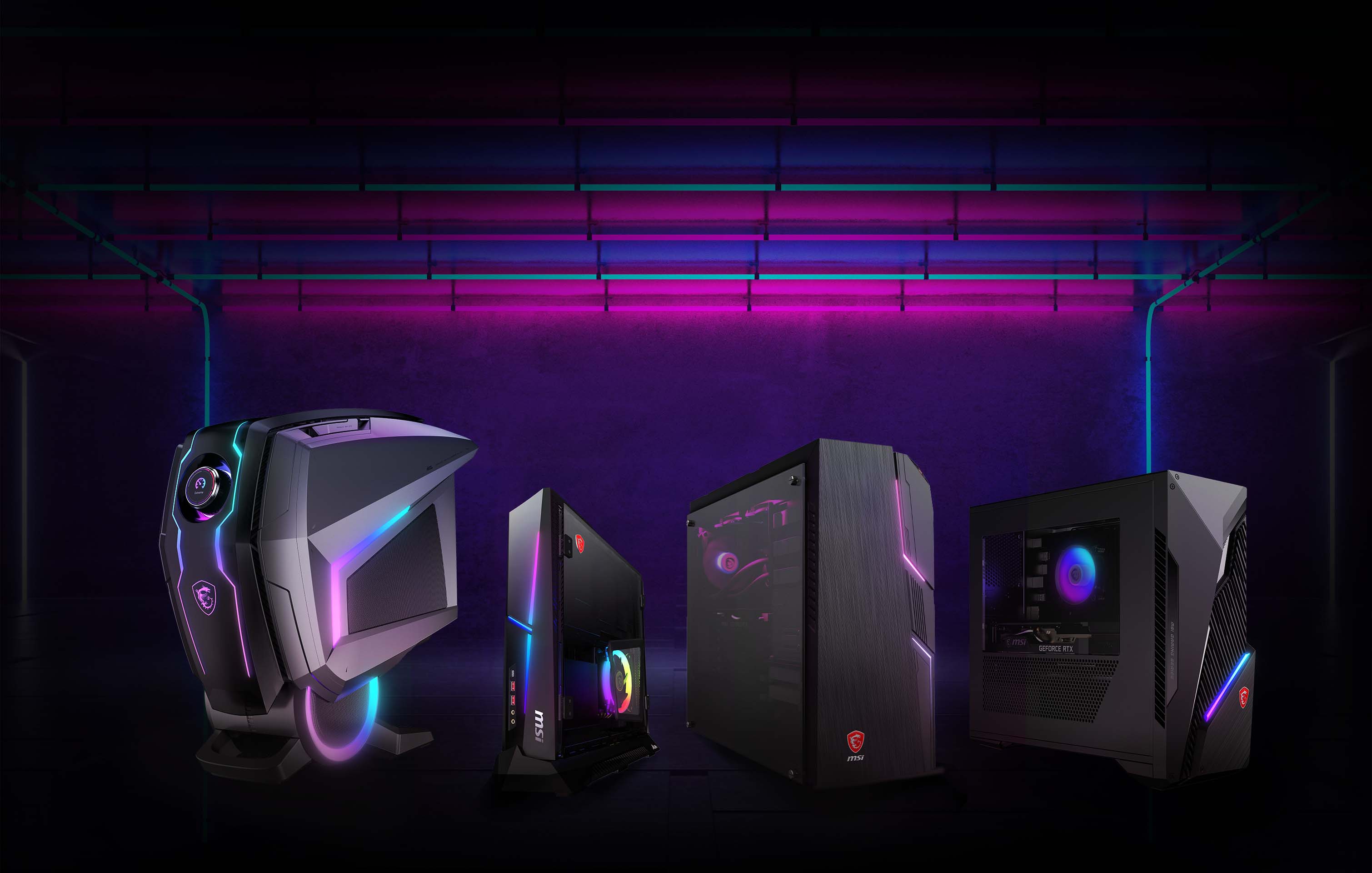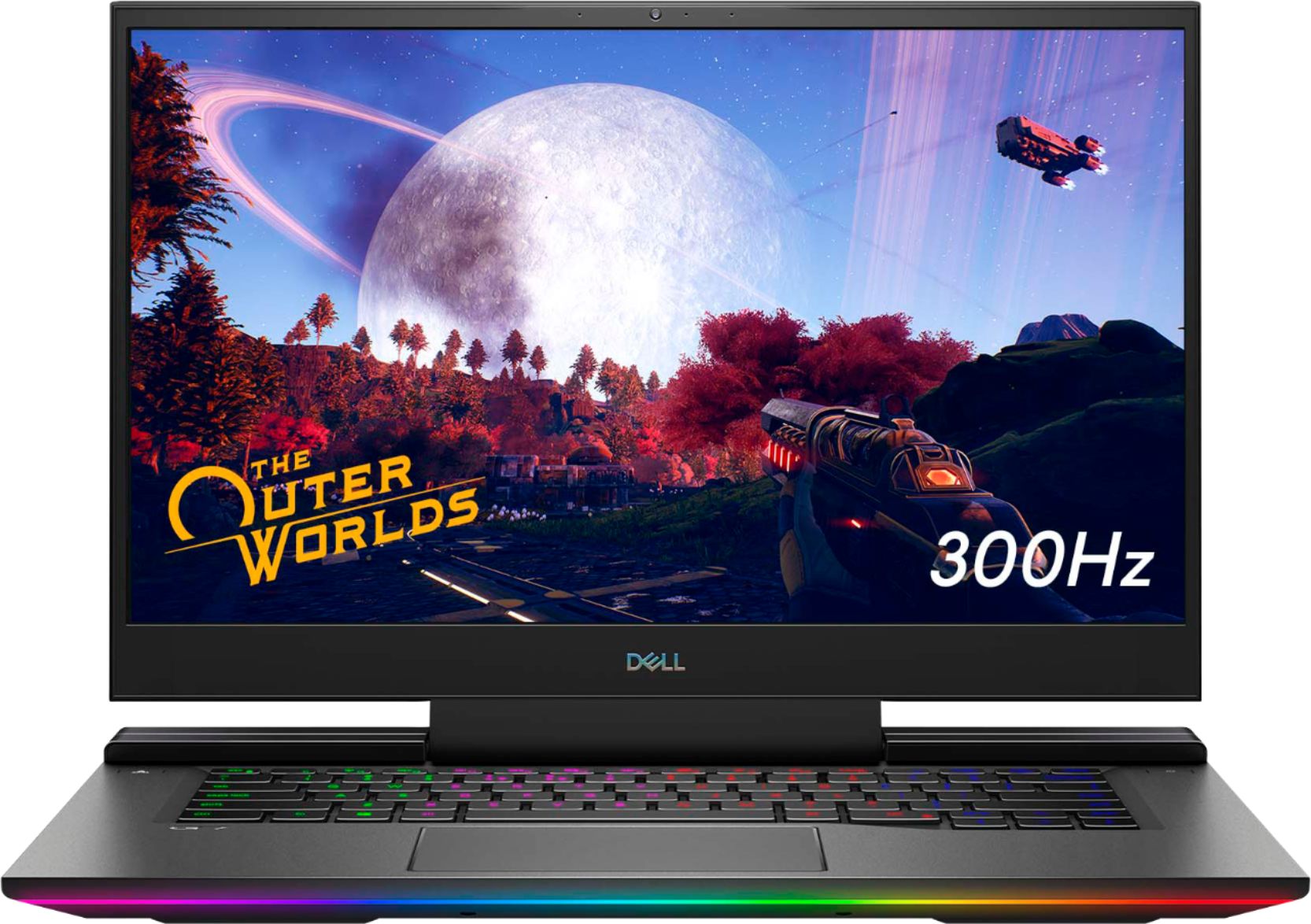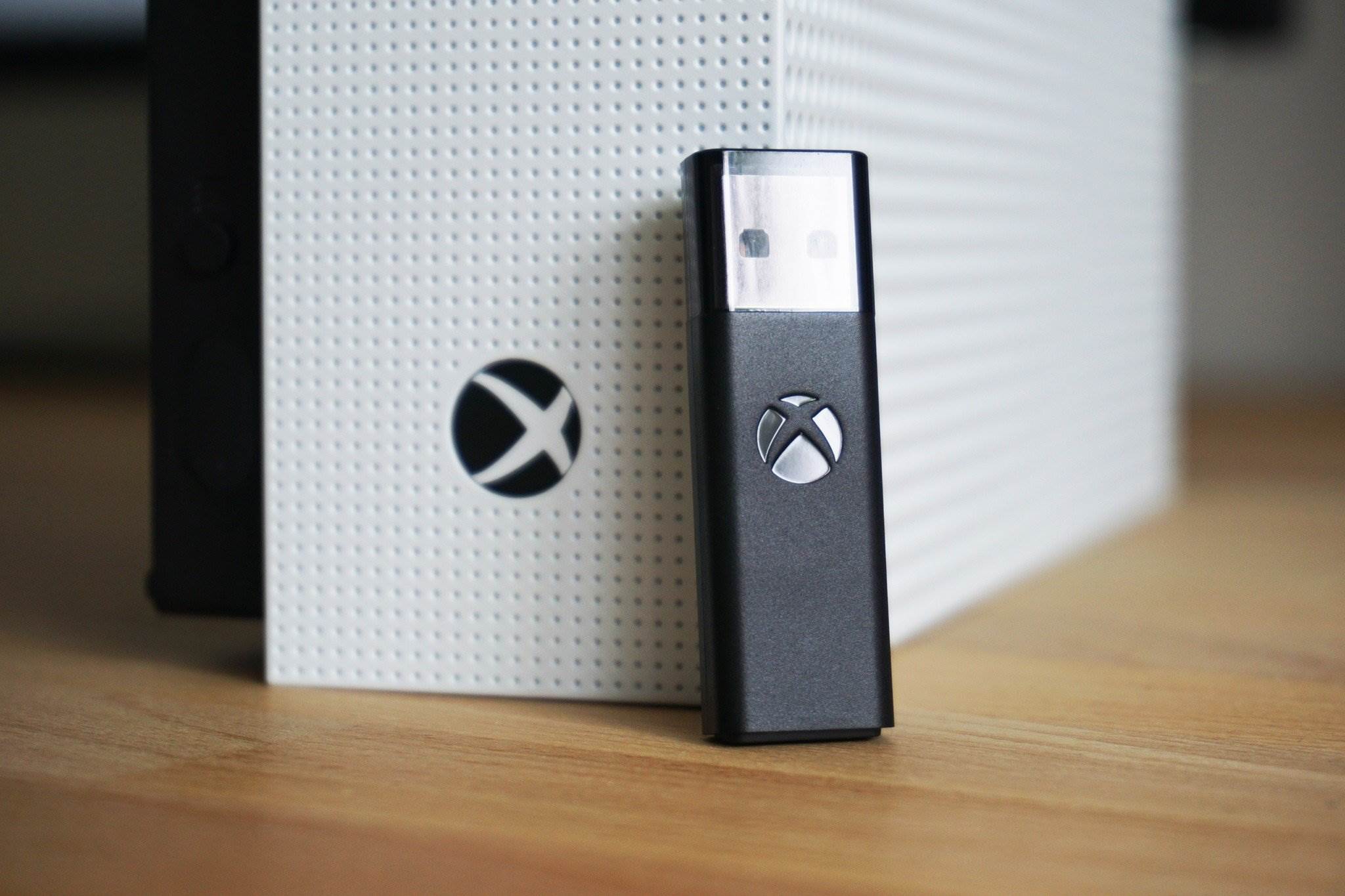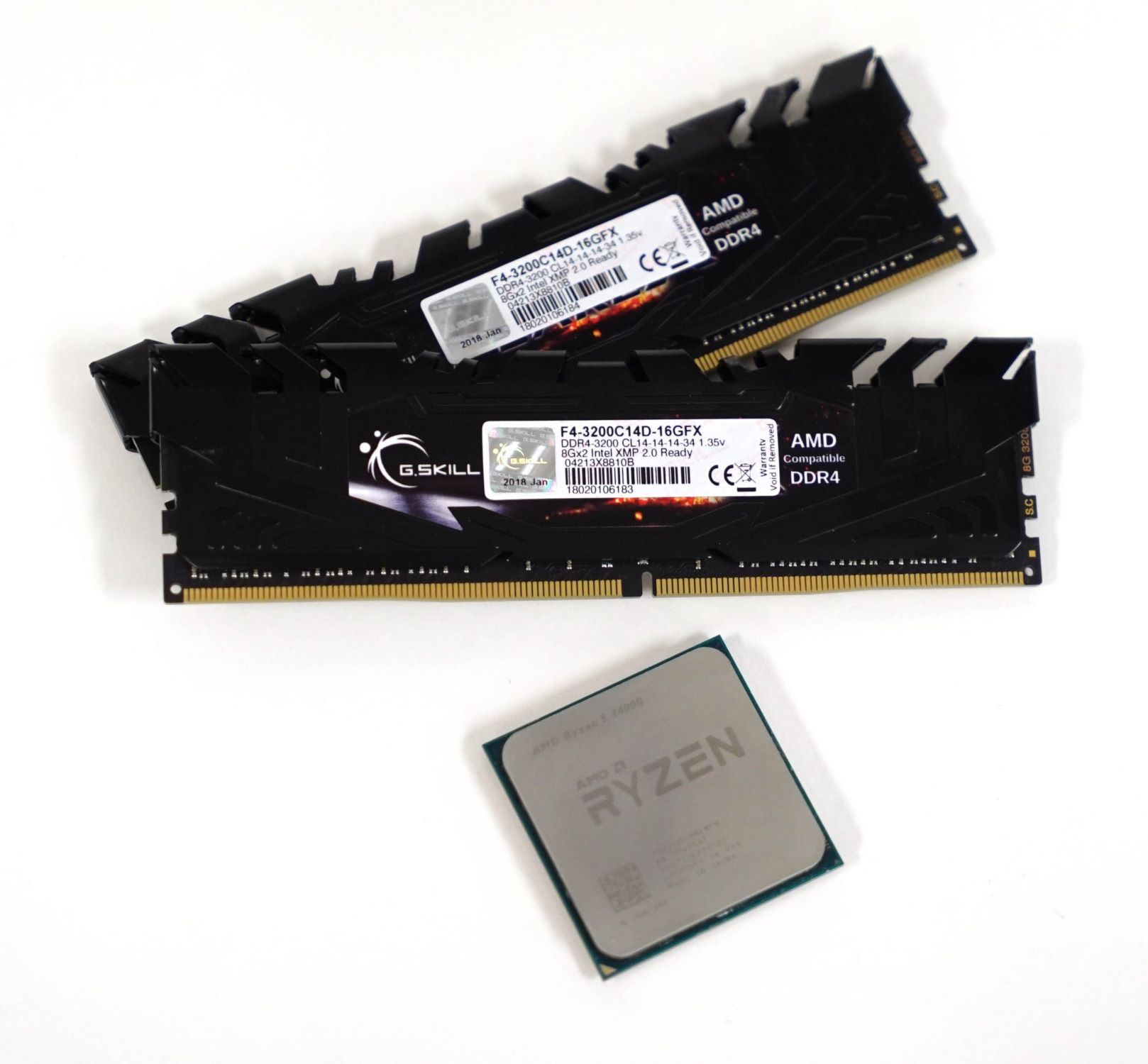Introduction
Welcome to our article on the release date and history of Windows 7. As one of Microsoft’s most popular operating systems, Windows 7 holds a special place in the hearts of many computer users.
Windows 7 was introduced as the successor to Windows Vista, which faced several criticisms for its performance and compatibility issues. With Windows 7, Microsoft sought to address these concerns and deliver a more stable and user-friendly operating system.
In this article, we will take a closer look at the development of Windows 7, its key features, release date, initial reception, adoption rate, and the longevity it has enjoyed even after the release of newer versions of the Windows operating system.
Whether you’re a fan of Windows 7 who wants to relive its glory days or a curious tech enthusiast interested in the history of Microsoft’s operating systems, this article will provide you with all the information you need.
Brief History of Windows Operating System
The history of the Windows operating system dates back to the mid-1980s when Microsoft, under the leadership of Bill Gates, recognized the need for a graphical user interface (GUI) that would revolutionize personal computing.
In 1985, Microsoft released the first version of Windows, known as Windows 1.0. Although it was not a full-fledged operating system, Windows 1.0 provided a graphical environment that allowed users to navigate through programs and applications using a mouse, unlike the command-line interface of older operating systems.
Over the years, Microsoft continued to innovate and release new versions of Windows with improved features and functionality. Windows 3.0, released in 1990, introduced a more advanced GUI, improved multitasking capabilities, and support for a wider range of software and hardware.
Windows 95, launched in 1995, was a game-changer for Microsoft and set the stage for the future of the Windows operating system. It boasted a groundbreaking Start Menu, a taskbar for easy program switching, and enhanced support for internet connectivity.
Subsequent versions, such as Windows 98, Windows 2000, and Windows ME, further refined the Windows experience and introduced new features. However, it was Windows XP, released in 2001, that truly solidified Microsoft’s dominance in the personal computing market with its stability, improved performance, and user-friendly interface.
After Windows XP, Microsoft faced some challenges with Windows Vista, which suffered from performance issues and compatibility problems. In response, Microsoft released Windows 7 in 2009 as a major step forward in delivering a reliable and user-friendly operating system.
The release of Windows 7 marked a turning point for Microsoft, cementing its reputation as a leader in the operating system market. With its stability, improved performance, and enhanced features, Windows 7 quickly gained popularity among both home users and businesses.
Since then, Microsoft has continued to release newer versions of Windows, including Windows 8, Windows 8.1, and the latest iteration, Windows 10. However, the legacy of Windows 7 lives on, with many users still relying on it for its familiarity, compatibility, and reliability.
Now that we have explored the brief history of the Windows operating system, let’s delve deeper into the development and features of Windows 7.
Development of Windows 7
Following the mixed reception of Windows Vista, Microsoft set out to create an operating system that would address the concerns and criticisms raised by users and industry experts. The development of Windows 7 began in 2007, just a year after the release of Windows Vista. The goal was to create an operating system that would improve performance, stability, and overall user experience.
Microsoft took a customer-focused approach during the development process of Windows 7. The company conducted extensive research and gathered feedback from users to identify the key areas that needed improvement. This user-centric approach helped shape the features and functionality of Windows 7.
One of the main focuses of Windows 7’s development was to enhance performance and speed. Microsoft optimized the codebase, made improvements to memory management, and introduced technologies such as DirectX 11 for better gaming performance. The result was a more responsive and efficient operating system compared to its predecessor.
In addition to performance enhancements, Windows 7 also introduced several key features that set it apart from previous versions. The Taskbar underwent a significant redesign, offering better organization and easier access to frequently used programs. Users could pin their favorite apps to the Taskbar for quick access.
Another notable feature of Windows 7 was Aero Snap, which allowed users to easily resize and arrange windows on the desktop. By dragging a window to the side of the screen, it would automatically resize and snap into place, allowing for efficient multitasking.
Windows 7 also introduced Libraries, a feature that made it easier to access and organize files. Libraries allowed users to aggregate content from different folders into one centralized location, simplifying file management.
The development of Windows 7 also emphasized improved compatibility with hardware and software. Microsoft worked closely with industry partners to ensure that drivers and applications would work seamlessly with the new operating system. This focus on compatibility was crucial in building trust among users and boosting adoption rates.
Throughout the development process, Microsoft implemented a rigorous testing phase for Windows 7. The company engaged beta testers and gathered feedback to identify and address bugs and issues. This meticulous testing and refining ensured that Windows 7 would be a stable and reliable operating system.
With a strong emphasis on addressing user feedback, enhanced performance, and new features, Windows 7 marked a significant milestone in the evolution of the Windows operating system. The stage was set for its release, and users eagerly awaited the arrival of Microsoft’s new flagship operating system.
Key Features of Windows 7
Windows 7 introduced several key features that enhanced the user experience and set it apart from its predecessor, Windows Vista. These features improved performance, organization, and convenience, making Windows 7 a popular choice among users. Let’s explore some of the standout features of Windows 7.
1. Aero Peek: Aero Peek allowed users to preview open windows by simply hovering over their taskbar icons. This feature offered a quick way to see the content of a window without having to switch to it, enhancing productivity and multitasking.
2. Snap and Shake: Snap and Shake were intuitive features that improved window management. Users could easily snap windows to the side of the screen to arrange them side by side for efficient multitasking. Shake allowed users to minimize all open windows except for the one they were actively working on, providing a clutter-free workspace.
3. Libraries: Libraries made file organization and access more efficient. Users could create virtual folders called libraries to aggregate files from different directories into one centralized location. This feature provided easy access to frequently used files without the need for navigating through multiple folders.
4. Jump Lists: Jump Lists offered quick access to recent documents, frequently used tasks, and pinned items for specific applications. By right-clicking on an application’s icon in the taskbar, users could access a list of relevant actions, saving time and simplifying navigation.
5. Windows Touch: Windows 7 introduced native support for touchscreens, allowing users to interact with their devices using gestures and touch input. This feature made Windows 7 more accessible for touchscreen-enabled devices such as tablets and touchscreen laptops.
6. HomeGroup: HomeGroup simplified file and printer sharing among devices on a local network. Users could easily create a HomeGroup and share files and printers with other computers connected to the same network, without the need for complex configurations.
7. Improved Media Handling: Windows 7 enhanced media handling with features like Windows Media Player 12, which introduced a sleek interface and improved performance. Users could also enjoy native support for popular media formats without the need for additional codecs.
8. Enhanced Security: Windows 7 introduced several security enhancements, such as improved User Account Control (UAC) settings, Windows Defender for built-in malware protection, and BitLocker encryption for data security.
These are just a few of the many features that made Windows 7 a compelling operating system. Its intuitive and user-friendly design, coupled with enhanced performance and compatibility, contributed to its widespread popularity among users.
Release Date of Windows 7
Windows 7 was officially released to the general public on October 22, 2009, following a series of beta releases and testing phases. The release of Windows 7 came three years after the launch of its predecessor, Windows Vista.
Leading up to the release date, Microsoft generated significant anticipation and excitement among users, as Windows 7 was widely seen as the operating system that would address the shortcomings of Windows Vista and deliver a more stable and user-friendly experience.
Windows 7 was made available in multiple editions to cater to different user needs. The mainstream editions included Windows 7 Home Premium, Windows 7 Professional, and Windows 7 Ultimate. Additionally, there were specialized editions for specific markets and industries, such as Windows 7 Enterprise for volume licensing and Windows 7 Starter for netbooks.
The release of Windows 7 was accompanied by a robust marketing campaign by Microsoft. The company highlighted the key features and improvements of Windows 7 through various channels, including television commercials, online advertisements, and partnerships with hardware manufacturers.
Leading up to the release, reviewers and early adopters had the opportunity to try out Windows 7 through preview versions and beta testing programs. The general consensus was overwhelmingly positive, with many praising the improved performance, enhanced features, and overall user experience over Windows Vista.
The release of Windows 7 marked a significant milestone for Microsoft, as it enjoyed a much more positive reception than its predecessor. Users were eager to upgrade to Windows 7, especially those who were dissatisfied with Windows Vista’s performance and compatibility issues.
Microsoft offered various upgrade paths for existing Windows users to transition to Windows 7, making it easier for users to make the switch. Additionally, as Windows 7 gained traction and received positive reviews, it became the default operating system on new computers, further contributing to its adoption rate.
Overall, the release of Windows 7 on October 22, 2009, was a turning point for Microsoft. It marked the company’s redemption from the criticisms faced with Windows Vista and solidified Windows 7’s position as one of Microsoft’s most successful and beloved operating systems.
Initial Reception and Adoption of Windows 7
Windows 7 was met with overwhelmingly positive reception upon its release in October 2009. Users and industry experts praised its improved performance, enhanced features, and overall user-friendly experience compared to its predecessor, Windows Vista.
Early adopters and reviewers lauded Windows 7 for its stability, faster boot times, and efficient resource management. The operating system garnered praise for its intuitive user interface, with features like Aero Peek, Snap, and Jump Lists enhancing productivity and ease of use.
The improved compatibility of Windows 7 with both hardware and software was also well received. Microsoft worked closely with industry partners to ensure that drivers and applications were compatible with the new operating system, alleviating the compatibility issues faced with Windows Vista.
The positive reception of Windows 7 translated into significant adoption rates. Many businesses and consumers eagerly upgraded to Windows 7, seeking a more reliable and efficient operating system. Within a year of its release, Windows 7 surpassed Windows Vista in terms of market share.
Large enterprises and organizations also embraced Windows 7. Its enhanced security features, such as improved User Account Control (UAC), Windows Defender, and BitLocker encryption, made it an attractive choice for businesses seeking to protect their data and ensure network security.
The adoption of Windows 7 was further propelled by positive word-of-mouth and recommendations from early adopters. Users found that Windows 7 provided a more stable and enjoyable user experience, which contributed to its growing popularity.
In addition to its positive reception among consumers, Windows 7 also received accolades from the technology community. It garnered awards and recognition for its superior performance, innovative features, and overall improvement over previous iterations of the Windows operating system.
As the adoption of Windows 7 continued to rise, Microsoft supported the operating system with regular updates and service packs, addressing bugs and vulnerabilities and ensuring its stability and security.
However, it is worth mentioning that despite the success of Windows 7, some users opted to stick with older operating systems, such as Windows XP, due to compatibility concerns with specific software or hardware. Nevertheless, Windows 7’s widespread adoption and positive reputation solidified its place as one of Microsoft’s most beloved operating systems.
The initial reception and adoption of Windows 7 were instrumental in re-establishing Microsoft’s reputation after the mixed response to Windows Vista. Windows 7 provided a stable, user-friendly, and efficient operating system that met the needs and expectations of both businesses and consumers.
Longevity of Windows 7
Windows 7 enjoyed remarkable longevity in the tech industry, remaining a popular operating system long after the release of newer versions like Windows 8 and Windows 10.
One of the reasons for Windows 7’s longevity was its stability. Users found Windows 7 to be a reliable and well-performing operating system, which contributed to its continued usage in both personal and business environments.
Another factor that contributed to its longevity was software compatibility. Many organizations and individuals had specific software applications or legacy systems that worked seamlessly on Windows 7 but required modifications or updates to run on newer operating systems. As a result, users opted to stick with Windows 7 to ensure the uninterrupted functioning of critical software applications.
Additionally, the familiarity of Windows 7’s user interface played a significant role in its longevity. After the launch of Windows 8, which introduced a new and controversial interface, users who were comfortable with the traditional desktop environment sought refuge in Windows 7, preferring its more familiar layout.
Microsoft’s support for Windows 7 also contributed to its longevity. The company provided extended support for Windows 7, including security updates and bug fixes, long after mainstream support ended. This support gave users peace of mind and allowed them to continue using Windows 7 without major security risks.
Windows 7’s longevity was also a result of its wide adoption by enterprises and organizations. Many businesses found Windows 7 to be a stable platform for their operations, and they were reluctant to upgrade to newer versions that required additional training or software modifications.
Furthermore, the hardware requirements for Windows 7 were less demanding compared to later versions. This meant that older computers and devices could still run Windows 7 smoothly, providing an incentive for users to hold onto their existing hardware instead of upgrading.
However, despite its longevity, Windows 7’s extended support eventually came to an end. Microsoft officially ended support for Windows 7 in January 2020, urging users to upgrade to Windows 10 to continue receiving security updates and support.
The end of support for Windows 7 marked the end of an era, but its longevity speaks to the success and widespread adoption it enjoyed throughout its lifecycle. Windows 7 left a lasting impact on the technology industry and will be remembered as one of Microsoft’s most beloved and enduring operating systems.
Conclusion
In conclusion, Windows 7 holds a special place in the history of Microsoft’s operating systems. As the successor to Windows Vista, it addressed many of the concerns and criticisms of its predecessor and delivered a more stable, reliable, and user-friendly experience.
From its release in October 2009, Windows 7 garnered positive reception and showcased its key features, including Aero Peek, Snap and Shake, Libraries, and Jump Lists. These features enhanced productivity, organization, and convenience for users.
The release of Windows 7 was met with widespread adoption among both consumers and businesses. Its improved performance, compatibility, and security measures made it an attractive choice for users seeking a reliable and efficient operating system.
Windows 7’s longevity can be attributed to its stability, software compatibility, familiarity, and extended support from Microsoft. Many users were reluctant to upgrade to newer versions, instead opting to continue using Windows 7 for its reliability and compatibility with critical software applications.
However, it’s important to note that Microsoft ended support for Windows 7 in January 2020, encouraging users to transition to Windows 10 for continued security updates and support.
Despite the end of its support, Windows 7’s legacy remains intact. It revolutionized the Windows operating system with its refined interface, improved performance, and enhanced features.
Windows 7 will always be remembered as a major milestone in the progression of Microsoft’s operating systems, with its longevity showcasing its enduring popularity among users worldwide.







